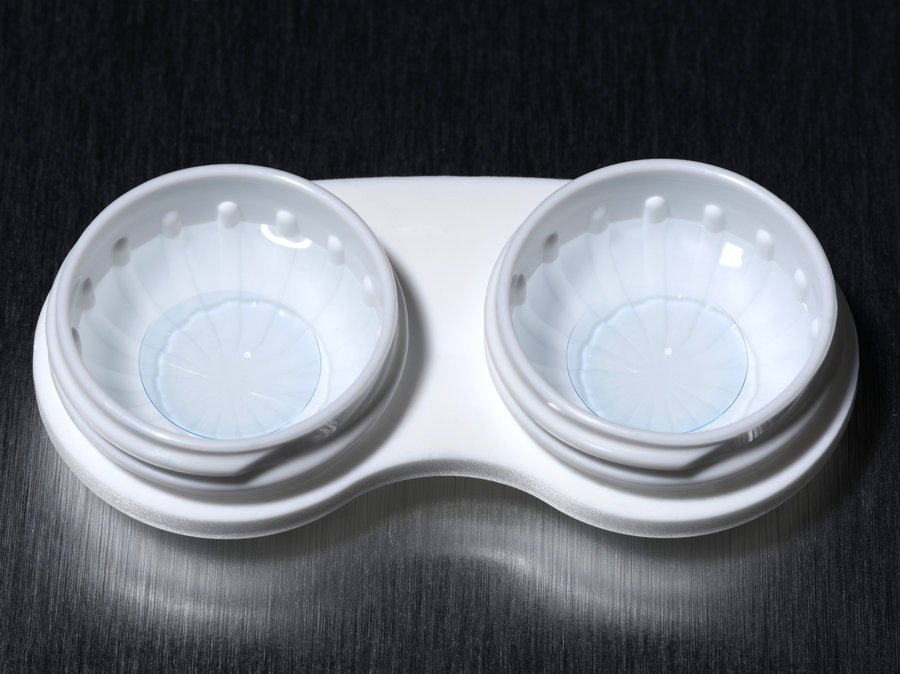If you’ve worn contact lenses, you know how easy it can be to let things slip a little. Maybe you don’t wash and dry the case every day. Or you wear lenses in the shower. Or you try to eke a bit more wear out of a pair.
Well, the Centers for Disease Control and Prevention is on to us, and it has a message: Stop it.
Improper contact lens use is the major risk factor for infections of the cornea, the clear covering of the eye, and those send people to the doctor or emergency room almost 1 million times a year, according to a CDC study published Thursday in Morbidity and Mortality Weekly Report. It’s the first national look at the issue.
“I think we have badly underestimated the frequency of this problem,” says Dr. Thomas Steinemann, a professor of ophthalmology at Case Western Reserve University and a spokesman for the American Academy of Ophthalmology.
He’s surprised by both the number of people who end up with keratitis and the cost of treating it: $175 million a year. Most infections can be treated with antibiotics, but in some cases they can cause permanent eye damage or blindness.
The data sets used couldn’t identify which of those 1 million people were wearing contact lenses. But about 38 million people do wear lenses, which is known to greatly increase the risk of cornea infections. So the CDC focused its message on getting lens wearers to shape up.
“Wearers need to understand that this is a medical device,” Steinemann, a cornea expert, told Shots. “It needs to be treated with respect.”
But he knows we’re fallible. “People cut corners. We’re all busy.” Steinemann estimates that people do the right thing less than 20 percent of the time; other studies have been even more pessimistic.
Good care includes cleaning and disinfecting lenses every day, cleaning the case and changing the solution every day, and washing hands before touching lenses. Also not showering, swimming or otherwise getting lenses near water, which harbors amoebas and fungus and other nasty stuff.
Sleeping in lenses is particularly bad for the cornea, because lenses reduce oxygen flow to the eye. And even well-cared-for lenses need to be thrown out after a few weeks. “They do wear out,” Steinemann says.
Oh, and while you’re at it? “Amazingly, people with contacts don’t even have a backup pair of glasses,” Steinemann says. “If your lens falls on the floor what are you going to do? You’ve got to have a backup plan.”
There you go. Can’t say you weren’t told.
NPR – http://www.npr.org/blogs/health/2014/11/13/363774495/poor-contact-lens-care-leads-to-a-whole-lot-of-eye-infections?utm_campaign=storyshare&utm_source=facebook.com&utm_medium=social






Recent Comments